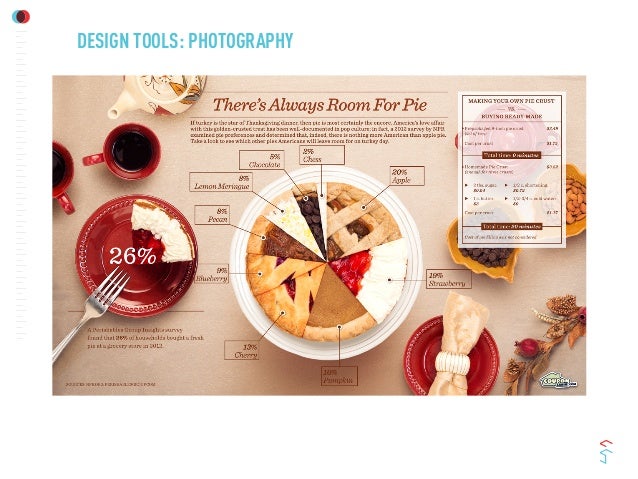What Every Digital Photographer Should Learn About Illumination
What Every Digital Photographer Should Learn About Illumination
Blog Article
Material Author-Gillespie Covington
As a digital photographer, you understand that lighting can make or damage your images. Comprehending the subtleties of both natural and fabricated light is vital for capturing the mood and clarity you go for in your work. Whether you're going after the excellent gold hour glow or fine-tuning your man-made setups, grasping these elements can elevate your photography dramatically. Yet there prevail challenges that several ignore, and identifying them can transform your technique to every shoot. Allow's discover what you might be missing and how it can affect your outcomes.
Understanding Natural Light
Comprehending all-natural light is vital for any photographer seeking to boost their job. It's the foundation of wonderful digital photography, influencing state of mind, tone, and quality. When you fire outdoors, take note of the moment of day. The gold hour-- soon after daybreak and prior to sundown-- provides soft, warm light that can change normal scenes right into sensational photos.
Do not underestimate the power of cloudy days. Cloud cover diffuses sunshine, producing a soft, even light that's excellent for portraits and macro digital photography. You'll find shades appear this type of illumination without rough shadows.
Placing matters, too. Constantly consider your topic's alignment to the source of light. If https://writeablog.net/francisco493omer/easy-ways-to-enhance-your-picture-photography 's behind your subject, you might wind up with a silhouette, which can be significant yet mightn't be what you want. Conversely, straight sunshine can develop uncomplimentary darkness.
Experiment with angles; often, altering your point of view can produce impressive results. Use natural reflectors, like water or sand, to jump light onto your topic, adding measurement.
Learning Artificial Light
Understanding artificial light is vital for digital photographers that want to take their skills to the next degree. Whether you're using speedlights, studio strobes, or constant lights, comprehending exactly how to adjust these sources can significantly enhance your images.
Begin by acquainting yourself with the basics of light top quality, direction, and shade temperature. Trying out different modifiers like softboxes, umbrellas, or grids to manage the soft qualities or harshness of the light.
You'll discover that soft light typically creates complementary outcomes, while harsher light can include drama and deepness. Do not shy away from shadows; they can enhance the three-dimensionality of your subjects.
Pay very close attention to the positioning of your lights. A light located as well near to your subject can create unflattering results, while too away can lead to a lack of information. Use a light meter or your electronic camera's histogram to guarantee you're exposing properly.
Lastly, keep in mind that synthetic light can be combined with ambient light for creative results. Stabilizing these sources could take practice, but once you master it, your photography will genuinely beam.
Strategies for Various Circumstances
When you step into different capturing circumstances, adapting your illumination methods is crucial for capturing the most effective photos. For outdoor portraits, utilize the gold hour-- early morning or late afternoon light-- to soften shadows and enhance complexion.
If it's an extreme lunchtime sun, consider making use of a reflector to jump light back onto your topic or seek shaded areas for a more also exposure.
In low-light circumstances, like indoor occasions, raise your ISO and use a large aperture to allow in even more light. A tripod can assist get rid of video camera shake, enabling longer exposures without obscuring.
If you're contending evening, try out off-camera flash to produce dynamic illumination and deepness in your photos.
For Professional portraits near me , utilize diffused illumination to avoid extreme reflections. Softboxes or light camping tents can help attain this effect.
When photographing landscapes, take into consideration the instructions of light and time of day, as it can considerably alter the state of mind of your shot.
Constantly prepare to change Highly recommended Website and placing based upon the scenario, as adaptability is key to grasping illumination in photography.
have a peek at this website
In conclusion, mastering lights is vital to elevating your digital photography abilities. Embrace all-natural light's appeal during golden hour, and don't shy away from trying out synthetic light methods. By adjusting your method to various situations, you'll record spectacular photos that reverberate with emotion and clearness. Keep in mind, the appropriate lights can change a normal shot into something extraordinary, so maintain exercising and improving your understanding of both all-natural and synthetic light. Delighted shooting!
